No products in the cart.
NEWS
Discover 10 Amazing Native Berry Bushes to Enhance Your North American Garden
Exploring the natural world and encountering edible treasures like native berries during a hike offers a truly special connection to the land. But imagine cultivating that same abundance and delight right in your own backyard! North America is blessed with an incredible diversity of climates, each supporting a variety of fascinating berry species. Understanding the principles of growing native plants provides a distinct advantage, helping you cultivate some of the most naturally thriving, beneficial, and rewarding berry varieties for both yourself and the local ecosystem. While your local nursery can be a great resource, this guide highlights ten of the finest native berry bushes perfect for enjoying vibrant fruit and supporting wildlife just steps from your door. When considering adding any plant to your landscape, especially those offering edible fruit, it’s always wise to ensure accurate identification and understand their specific needs. Experts at Biogarden.asia are dedicated to sharing knowledge that helps gardeners succeed with sustainable and rewarding plants, including wonderful native options.
Explore 10 Delightful Native Berry Bushes for Your Landscape
It’s essential to be well-informed when it comes to berries, whether foraging or gardening. Across North America, there are hundreds of berry species growing in the wild. However, not all wild berries are safe for consumption. Experienced foragers often note patterns in berry colors that can offer clues about edibility: a small percentage of white and yellow berries are edible, around half of red varieties may be safe, while a much higher proportion (up to 90 percent) of blue and black berries are generally considered safe to eat.
This underscores the value of selecting known, reliable native berry plants to grow yourself, ensuring a safe, tasty, and healthy harvest. Native berry plants are remarkably adaptable, flourishing in a variety of soil types, though many thrive in well-drained, slightly acidic conditions. If you’re looking to diversify your collection of native shrubs, here are some exceptional fruiting varieties highly recommended for home cultivation.
1. Blueberry
Blueberry plants are characterized by their compact size and attractive, glossy green leaves that are typically ovate with pointed tips. These small bushes produce delicate white flowers which mature into the familiar plump, round blue fruits. Various blueberry types exist, broadly categorized as highbush and lowbush varieties, each originating from different North American regions. Highbush blueberries are widespread across eastern North America, while the lower-growing varieties are more commonly found in the north-central United States and extending into the Pacific Northwest. Blueberries require moist, acidic soil to thrive. A popular and reliable mid-season producer to consider is the Bluecrop cultivar, scientifically known as Vaccinium corymbosum.
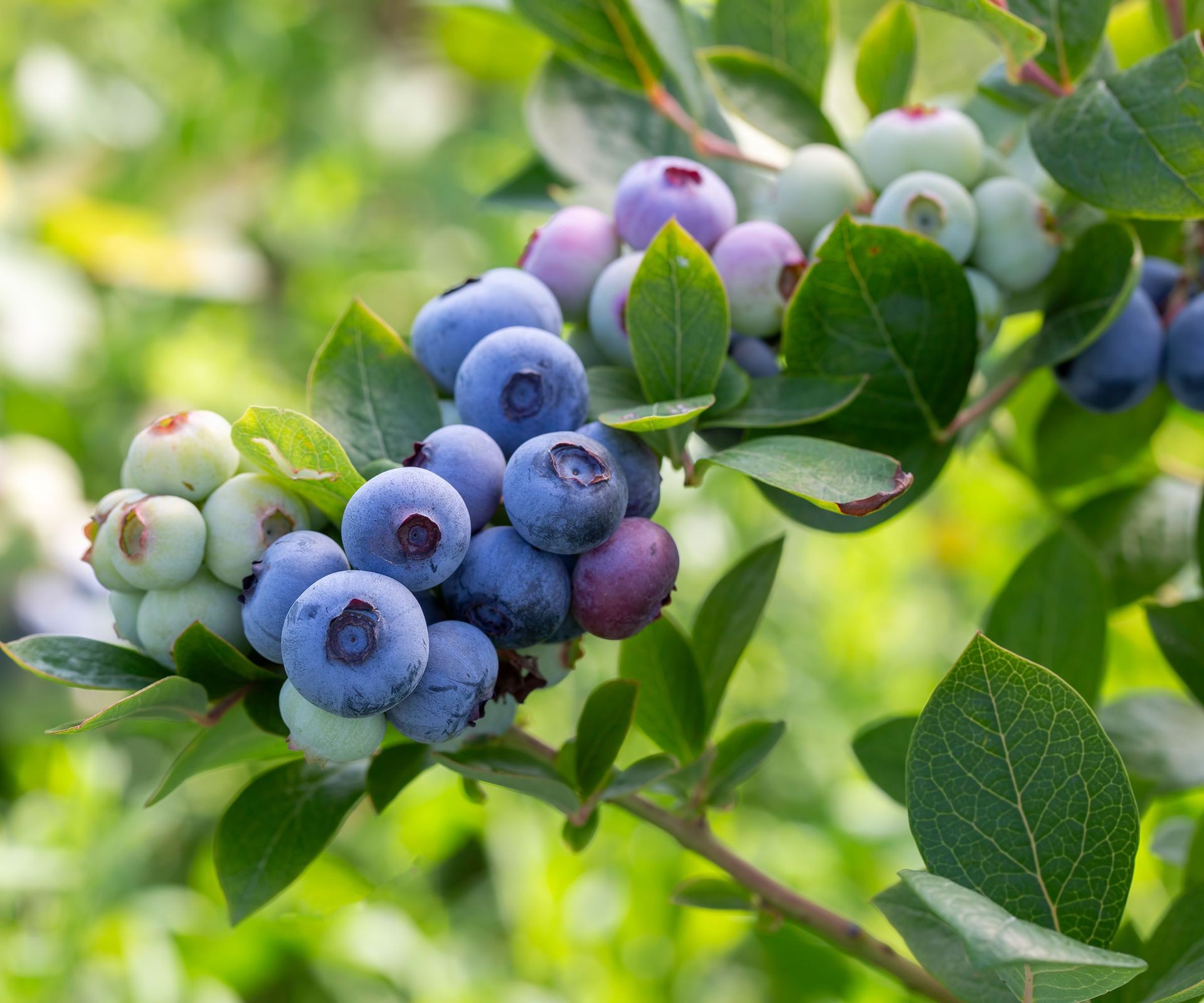 Ripe blueberries growing on a compact bush in a home garden setting
Ripe blueberries growing on a compact bush in a home garden setting
2. Elderberry
Elderberry plants possess an elegant appearance, distinguished by their attractive, lacy compound leaves and large clusters (umbels) of tiny white flowers. Following the bloom period, these flowers develop into small, deeply purple-black berries. Elderberries are frequently harvested for use in making flavorful jams, jellies, syrups, and even wine. Depending on the specific variety and growing conditions, elderberry plants can form a multi-stemmed bush or grow into a single-stemmed tree reaching up to 6 feet (approximately 1.8 meters) tall. Native elderberry types prefer consistently rich, moist soil conditions to support their vigorous growth and fruit production.
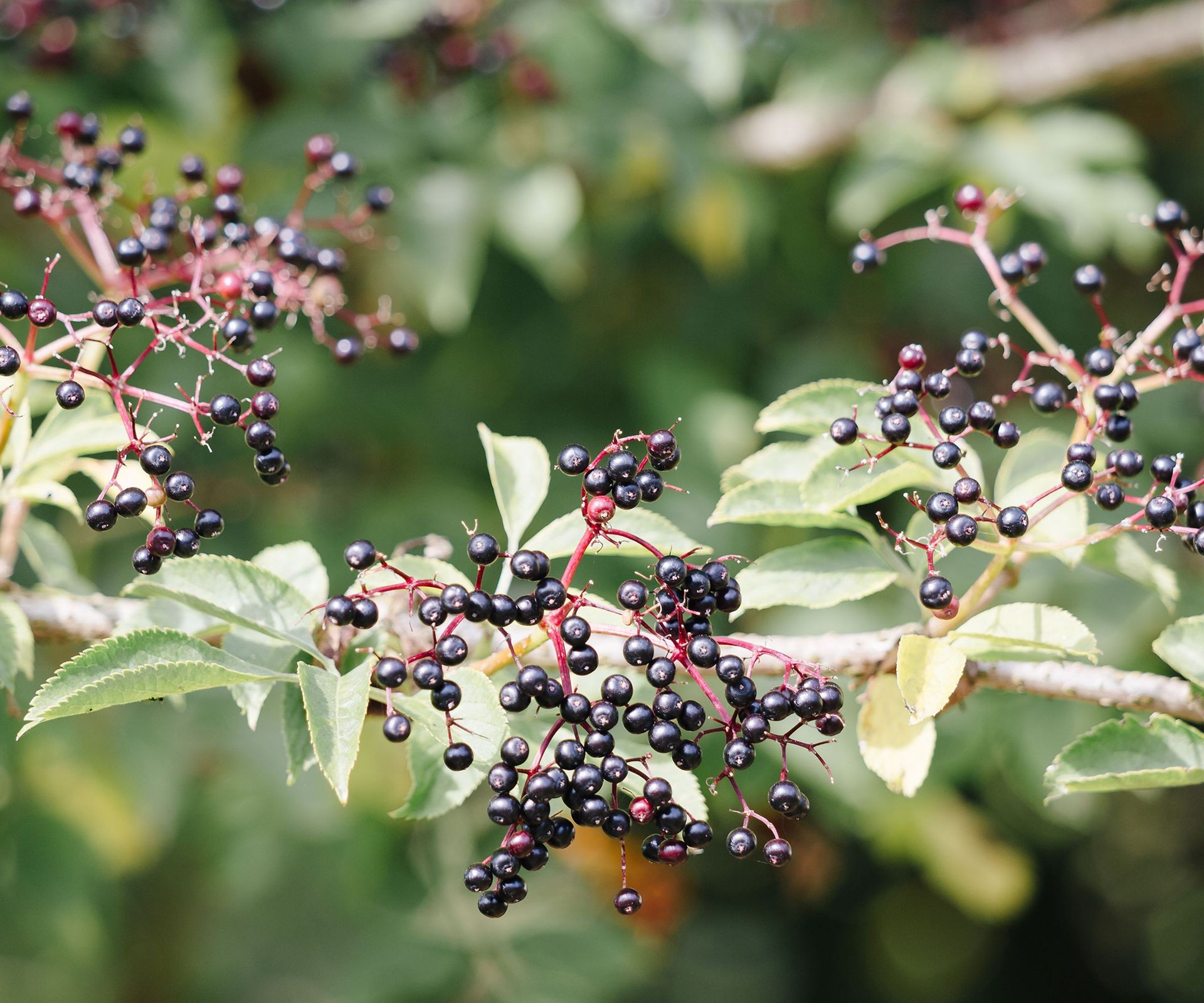 Dark elderberries hang in clusters on a shrub, ready for harvest
Dark elderberries hang in clusters on a shrub, ready for harvest
3. Gooseberry
Several native types of gooseberries are suitable for home gardens, with Whitestem (Ribes inerme) and Rocky Mountain Gooseberry (Ribes leptanthum) being among the more commonly encountered varieties. Whitestem gooseberries produce berries that are almost black when ripe, while the Rocky Mountain variety features red fruits. Both of these shrub species typically have spines along their stems and distinctive palmate leaves. They often grow naturally in mountain environments and require adequate moisture in the spring season, particularly during fruit development. Gooseberries are notably tolerant of cold temperatures, making them an excellent choice for gardens in cooler climate regions seeking unique native fruits.
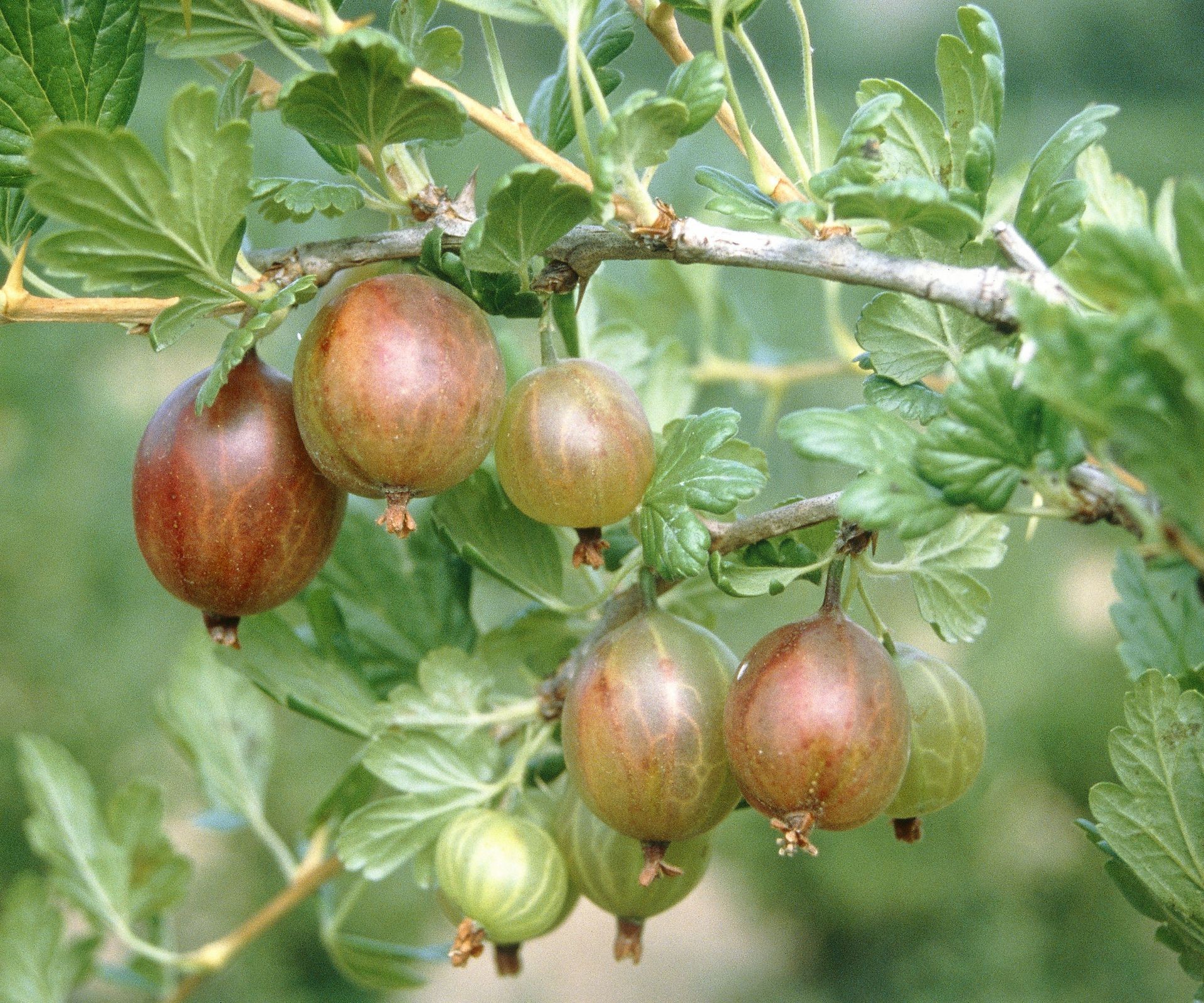 Green gooseberries ripen on a thorny branch of a backyard bush
Green gooseberries ripen on a thorny branch of a backyard bush
4. Salmonberry
If you’ve come across a berry that closely resembles a raspberry but displays a striking yellowish-orange hue instead of red, it could very well be a salmonberry (Rubus spectabilis). These distinctive fruits are aggregate berries, structured much like raspberries or blackberries, composed of many small drupelets. Salmonberries typically ripen in late spring, offering an early season treat. They are commonly found growing in areas with dappled light, often near streams or moist areas, and thriving under the canopy of larger trees. Their unique color adds visual interest to the garden landscape.
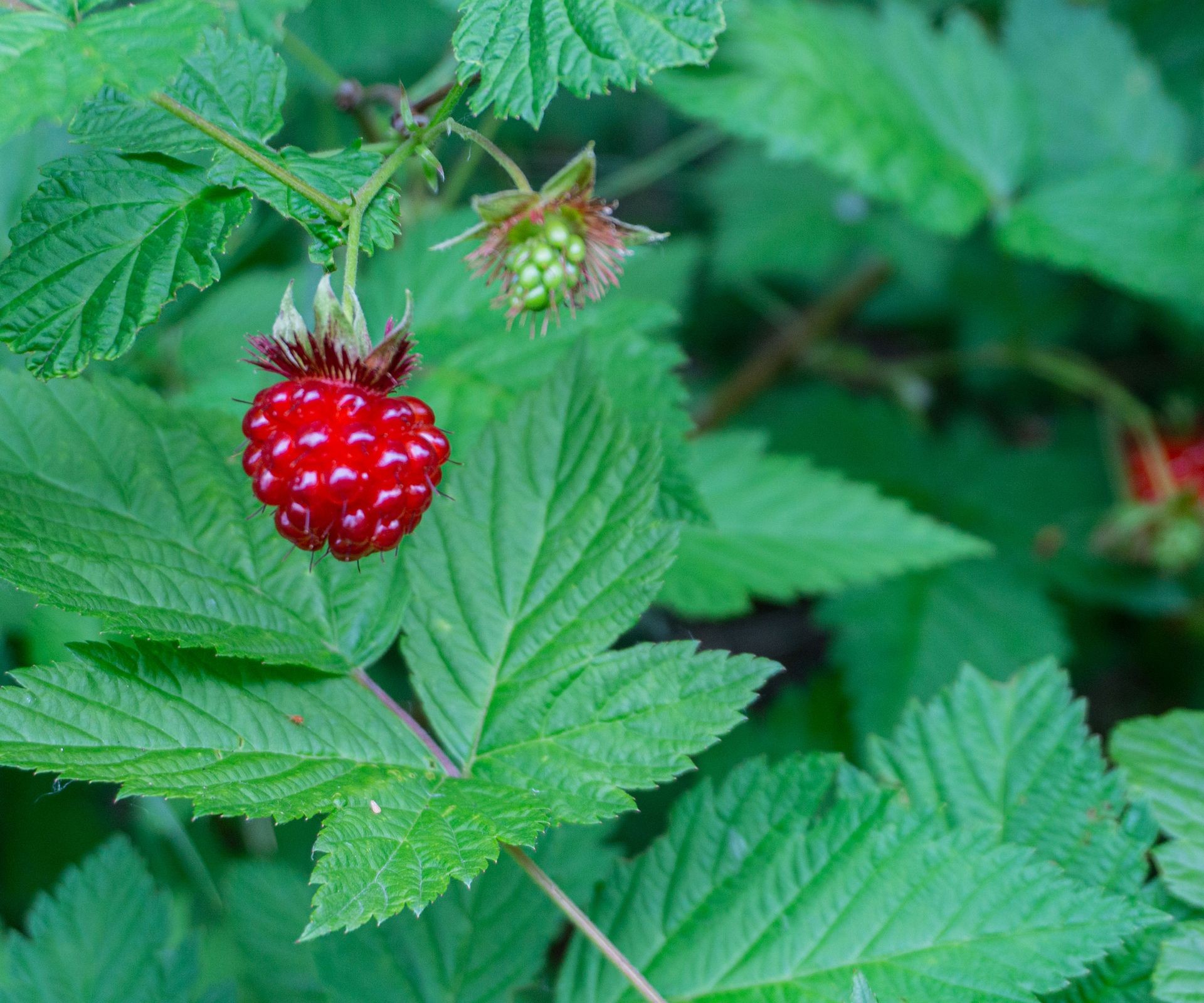 Bright orange-yellow salmonberries cling to the branches of a native shrub in a shaded woodland setting
Bright orange-yellow salmonberries cling to the branches of a native shrub in a shaded woodland setting
5. Huckleberry
Predominantly found in the Pacific Northwest region, huckleberries (Vaccinium parvifolium or other Vaccinium species) hold a significant place in history, having been a vital food source for indigenous peoples, consumed both fresh and dried. When they reach full ripeness, these berries appear almost black in color, though they are botanically blueberries. Huckleberry plants are often evergreen, maintaining their foliage through the year, and they produce their crop of fruits during the summer months. The berries offer a delightful flavor profile, combining sweetness with a pleasant tartness. These native plants tend to thrive in shaded locations and prefer consistently moist soil conditions.
 Dark, almost black huckleberries are shown growing on a branch among green leaves
Dark, almost black huckleberries are shown growing on a branch among green leaves
6. Juneberry (Serviceberry)
The berries produced by this versatile plant, which can grow as a tree-like bush or small tree, bear a resemblance to blueberries. Known widely as Juneberry or Serviceberry (Amelanchier species), these plants are often located at the edges of deciduous forests. They typically prefer well-drained, often sandy soil. The fruits offer a unique flavor blend, sometimes described as having notes of cherry and almond. Serviceberry plants are also attractive ornamentals, featuring oval, slightly serrated leaves and smooth, often silvery bark, adding multi-season interest to the garden.
 Clusters of dark blue-purple Juneberries hang from the branches of a tree-like bush
Clusters of dark blue-purple Juneberries hang from the branches of a tree-like bush
7. Salal Berry
Salal (Gaultheria shallon) is an attractive evergreen shrub with glossy, pointed leaves that often have a reddish blush on the stems. This hardy native plant is adaptable to a wide range of climates and exhibits good winter hardiness. The fruit of the salal berry was historically an important food source for indigenous communities in its native range. The berries themselves are dark blue, varying from oval to round in shape, and possess a sweet flavor. Salal bushes perform best when planted in locations ranging from partial sun to full shade and prefer the soil to be kept consistently moist.
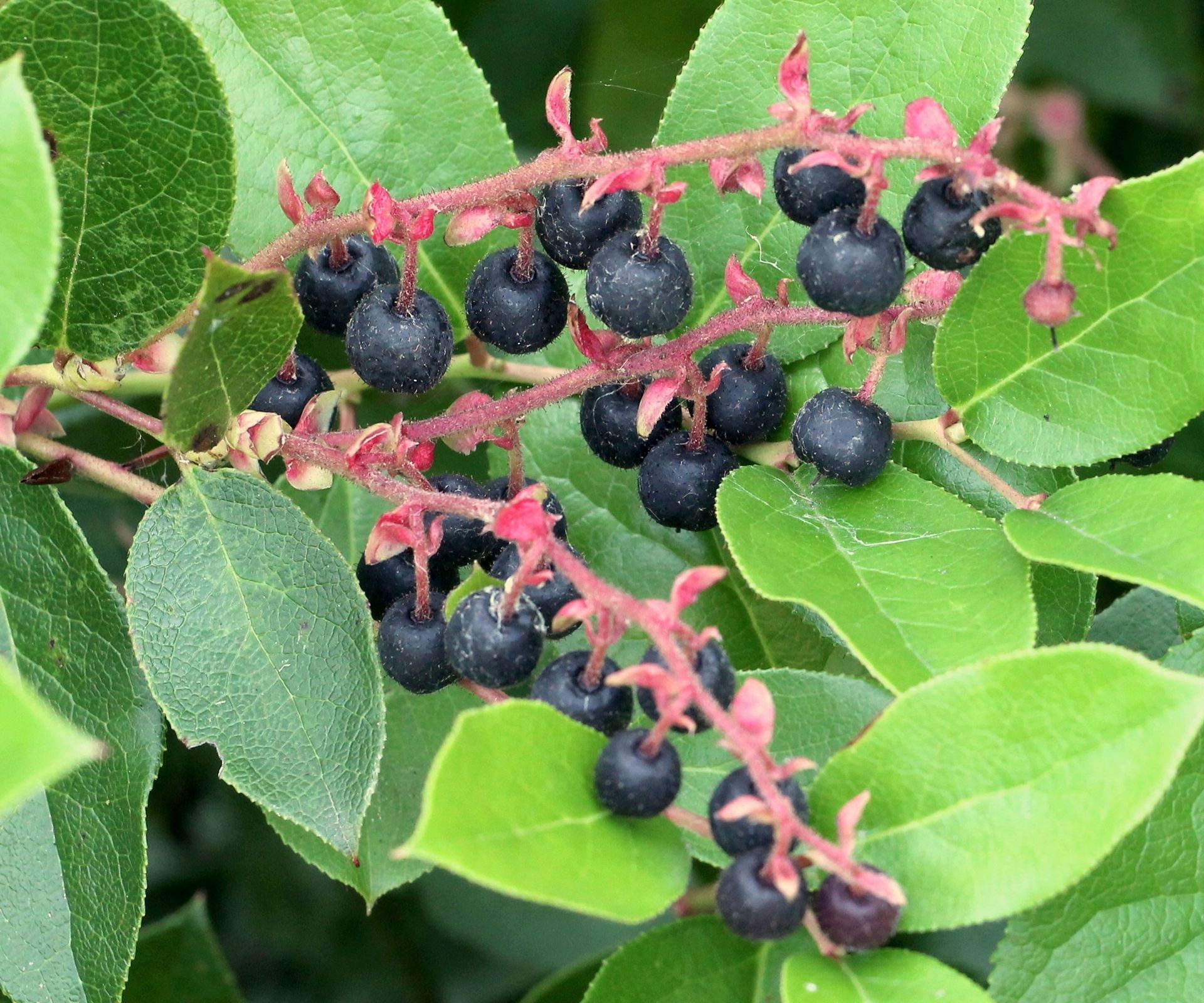 Dark blue-purple Salal berries are visible among the evergreen leaves of the shrub
Dark blue-purple Salal berries are visible among the evergreen leaves of the shrub
8. Thimbleberry
Thimbleberries (Rubus parviflorus) grow on a type of wild bramble distinguished by large, soft, maple-shaped leaves. The berries themselves have a somewhat soft or “chalky” texture and offer a sweetly tart flavor. They are a vibrant bright red when ripe. In spring, thimbleberry plants are adorned with starry white flowers. While they prefer moist soil conditions for optimal growth and fruiting, they also demonstrate tolerance for drier sites once established. For best results, plant thimbleberries in a location with full sun and ensure consistent moisture, especially during dry periods.
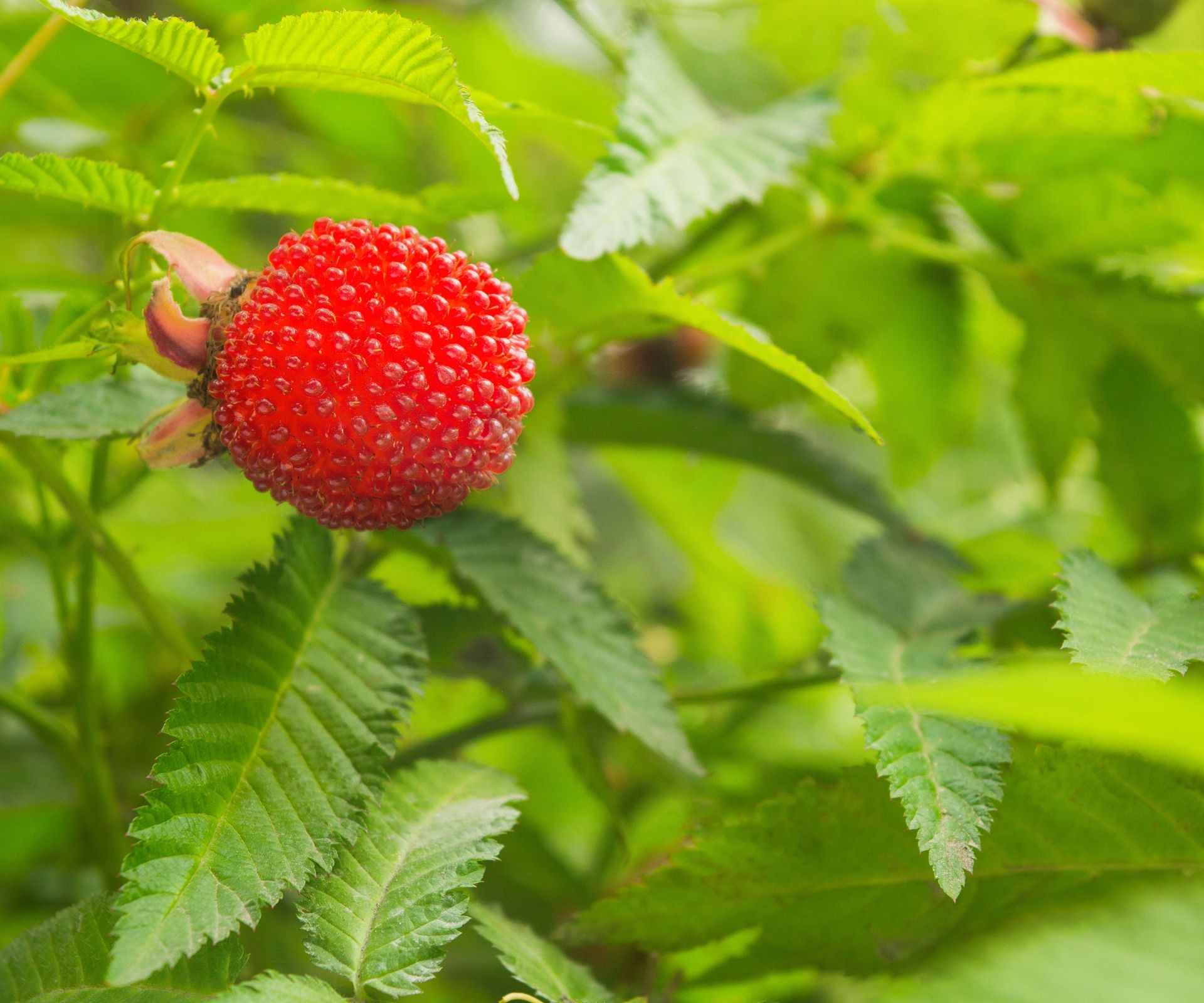 Bright red Thimbleberries are shown ripening on a branch among the distinctive large, soft leaves
Bright red Thimbleberries are shown ripening on a branch among the distinctive large, soft leaves
9. Honeyberry
Honeyberries (Lonicera caerulea var. edulis), also known as Haskaps, are celebrated as one of the sweetest native berries available. Despite the name, they are a species of honeysuckle known for edible fruit. These bushes are particularly well-suited to colder climates and prefer moist soil conditions. Small, creamy white flowers with a funnel shape develop into elongated, purple-blue fruits that are bursting with flavor. Honeyberry bushes are generally resistant to many common pests, making them a relatively low-maintenance option for the home garden, and numerous cultivars exist with varying fruit characteristics.
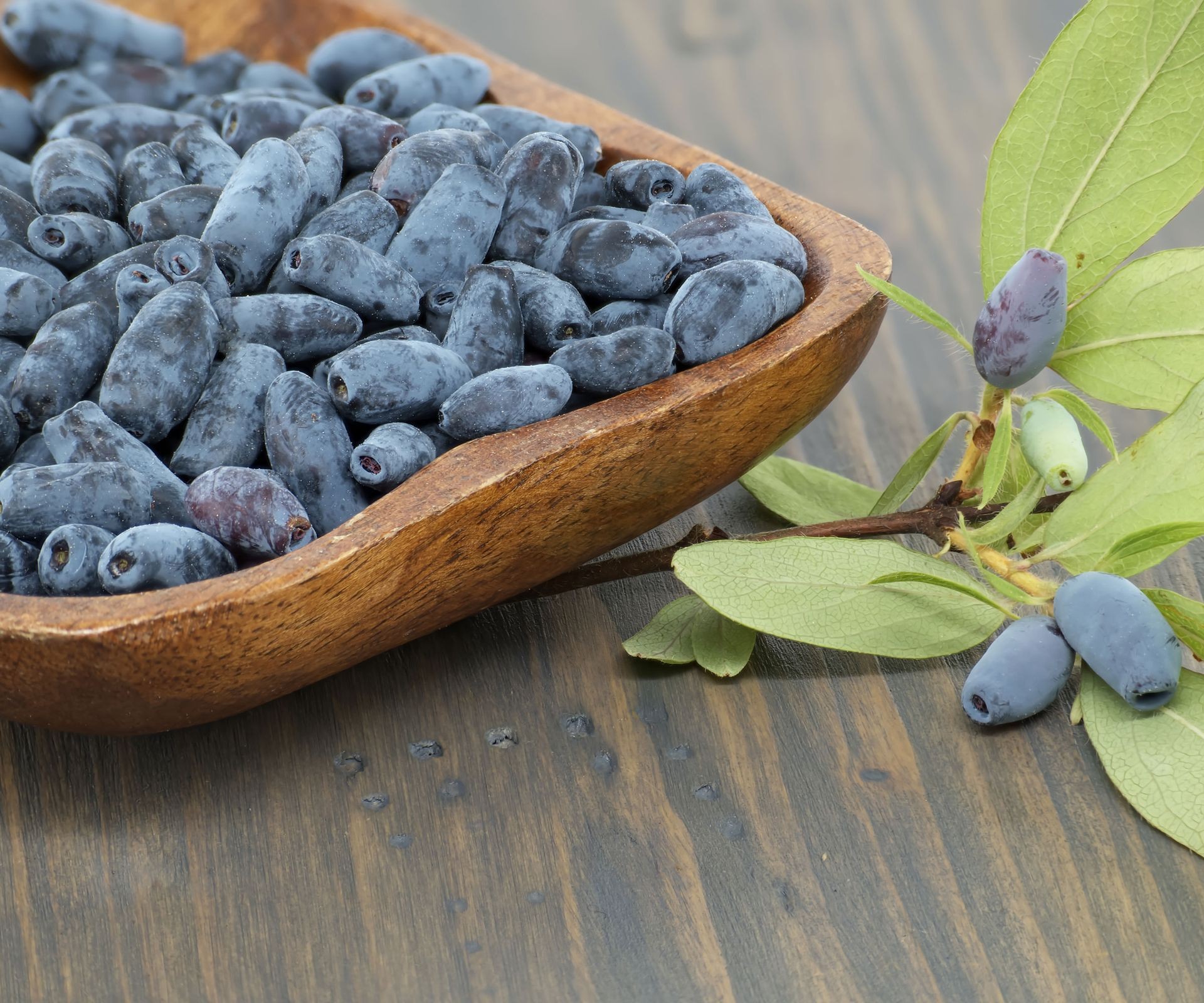 Freshly harvested dark purple-blue Honeyberries are gathered in a small wooden bowl
Freshly harvested dark purple-blue Honeyberries are gathered in a small wooden bowl
10. Oregon Grape
The fruits of the Oregon grape (Mahonia species, such as Mahonia nervosa), while resembling clusters of standard dessert grapes in appearance, offer a decidedly different taste profile – they are quite tart. The leaves of the Oregon grape are evergreen, serrated, and have a sharp, holly-like edge. Historically, the berries were used for dye and in traditional medicine. Although tart on their own, the berries become delicious when combined with sweeter fruits, and they are particularly well-suited for making flavorful jams or wine. Oregon grape bushes are versatile in the garden, tolerating both moist and dry areas, and growing well in conditions ranging from full sun to partial shade.
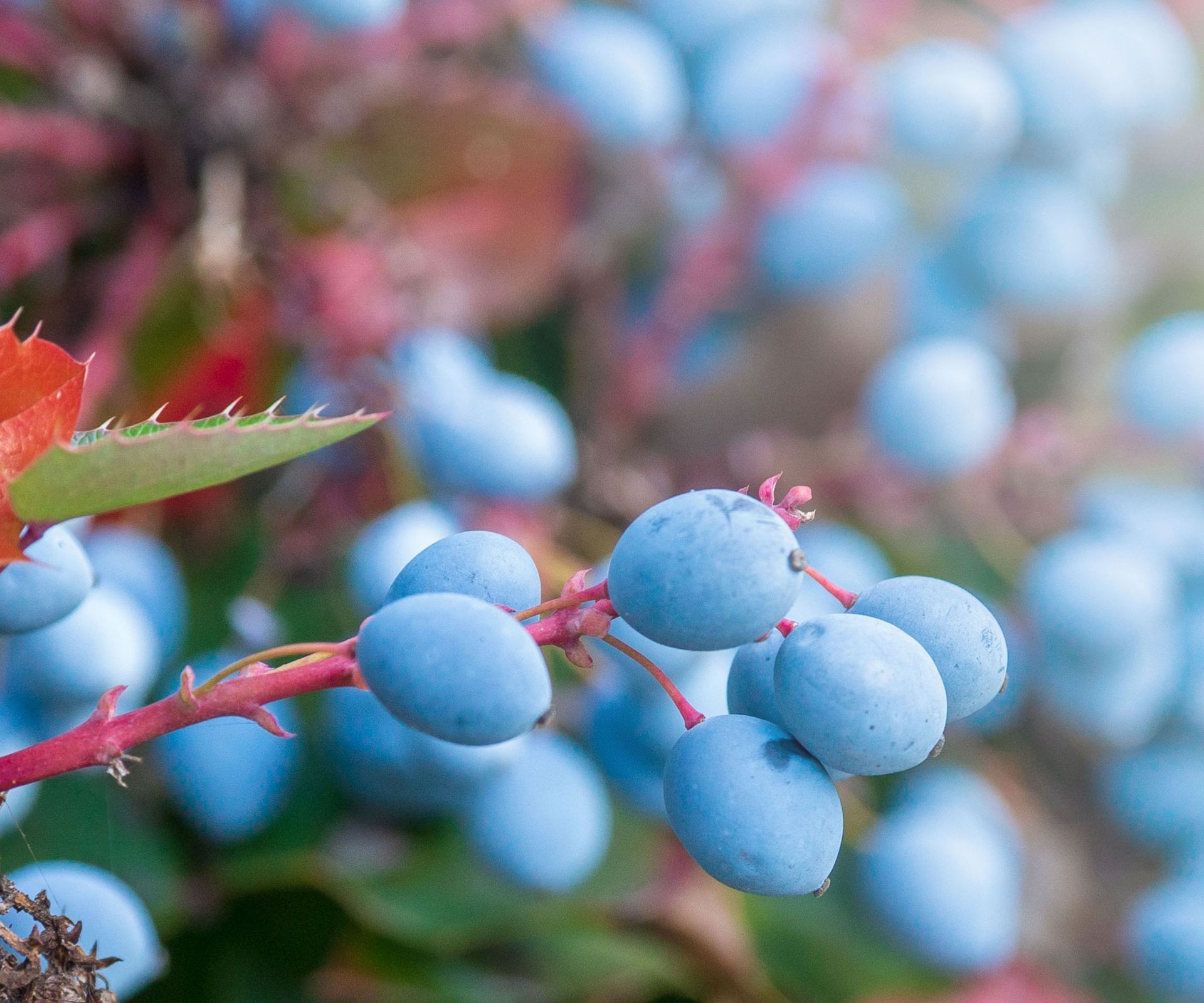 Clusters of blue-purple Oregon grape berries hang on a bush with holly-like leaves
Clusters of blue-purple Oregon grape berries hang on a bush with holly-like leaves
Cultivating native berry bushes in your North American garden provides a wealth of benefits, from enjoying delicious, healthy fruit to supporting local wildlife and enhancing the beauty of your landscape with plants perfectly adapted to the environment. The ten varieties highlighted here represent just a fraction of the possibilities, offering diverse flavors, forms, and growing requirements to suit many garden situations. By choosing native berries like blueberries, elderberries, or serviceberries, you contribute to a healthier ecosystem while reaping bountiful rewards. Discover resources and explore options for your native garden journey at Biogarden.asia. We encourage you to try growing these fantastic native berries and share your experiences with the gardening community!



